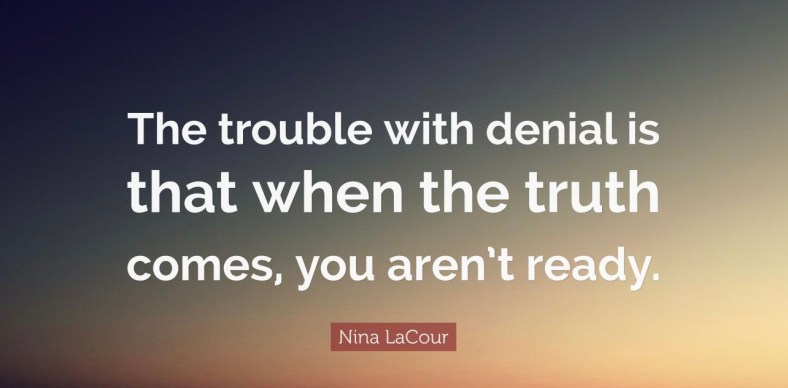
I’ve always believed there are two areas of our lives that we have complete control over. Those two areas are our attitude and the amount of effort we put into accomplishing whatever it is we are trying to get done.
It may seem that controlling our attitude is the harder of the two but truly putting forth our best effort day after day is a significant challenge as well. Consistently giving your best effort is essential for achieving success and personal growth in various aspects of life. Whether it’s in your career, relationships, or personal pursuits. It may seem like a generalization but the reality is the more consistent you are in your effort, the more consistently positive your results will be. So here are some thoughts that may help you give your best effort even when you’d rather just say the hell with it.
• Start by defining clear and specific goals for yourself. What do you want to achieve? Having a clear sense of purpose will give you direction and motivation. Write those goals down. Share them with the important people in your life. Ask them to hold you accountable for achieving those goals in a given time frame. Develop a plan to achieve each one of those goals because it’s that process that will make your goals real.
• Organize your tasks and responsibilities. Create a to-do list or use a task management system to prioritize your activities. This will help you focus on what’s most important and avoid wasting time on less meaningful tasks. Remember, there is no bigger waste of time than doing well that which doesn’t need to be done at all.
• Manage your time effectively. Allocate dedicated time for important tasks and avoid procrastination. Use techniques like time blocking to ensure you allocate sufficient time to high-priority activities.
• Plan ahead for your tasks and projects. This includes doing research, gathering necessary resources, and creating a step-by-step plan. Proper preparation can significantly improve your performance.
• Cultivate a growth mindset, which means believing in your ability to improve through effort and learning. Embrace challenges as opportunities to grow, and don’t be discouraged by setbacks.
• Keep your workspace and environment organized. A clutter-free and well-structured space can help you stay focused and reduce distractions. Do not fool yourself into thinking that mess on your desk somehow makes you more productive, it’s exactly the opposite.
• Focus on one task at a time. Multitasking can reduce the quality of your work and lead to errors. Concentrate on the task at hand and give it your full attention. All multitasking really does is give you the opportunity to screw up multiple tasks at once, so avoid it at all cost.
• Learn to manage stress effectively. High stress levels can lead to burnout and hinder your ability to perform at your best. Practice stress-reduction techniques such as meditation, exercise, or deep breathing.
• Avoid overworking yourself. Take regular breaks to recharge and maintain your productivity. Short breaks can help you regain focus and creativity. Do not kid yourself into thinking that things like eating lunch at your desk makes you more productive. It actually makes you less productive later in the day. You NEED to recharge throughout the day!
• Solicit feedback from peers, mentors, or supervisors. Constructive feedback can provide valuable insights into areas where you can improve and help you refine your efforts. Sometimes we can convince ourselves that we’re giving our best effort when others can clearly see that we are not.
• Commit to lifelong learning. Stay updated with industry trends, new technologies, and best practices. Expanding your knowledge and skills will enable you to excel in your field. I’d actually recommend blocking 15-30 minutes every week for the purpose of learning something new. If you can’t answer the question, “what have you learned lately?” then you may not be giving your best effort even if you think you are.
• Understand that giving your best effort is an ongoing process. There will be challenges and setbacks along the way. Maintain your determination and resilience to keep pushing forward. This is the hardest part, you’ll need to stay far away from negative emotions or you’ll risk allowing other people and events gaining control over your level of effort rather than you.
• Acknowledge and celebrate your achievements, no matter how small. Recognizing your successes can boost your motivation and help you maintain a positive mindset. Remember, all progress is progress and even tiny progress begets more progress.
• Regularly reflect on your performance and assess what is and isn’t working. Be open to making adjustments and refining your approach to consistently improve.
Consistently giving your best effort is a lifelong commitment to personal and professional development. It requires discipline, dedication, and a willingness to adapt and learn from your experiences. By trying these ideas and staying committed to your goals, you can maximize your potential and achieve success in every area of your life.





